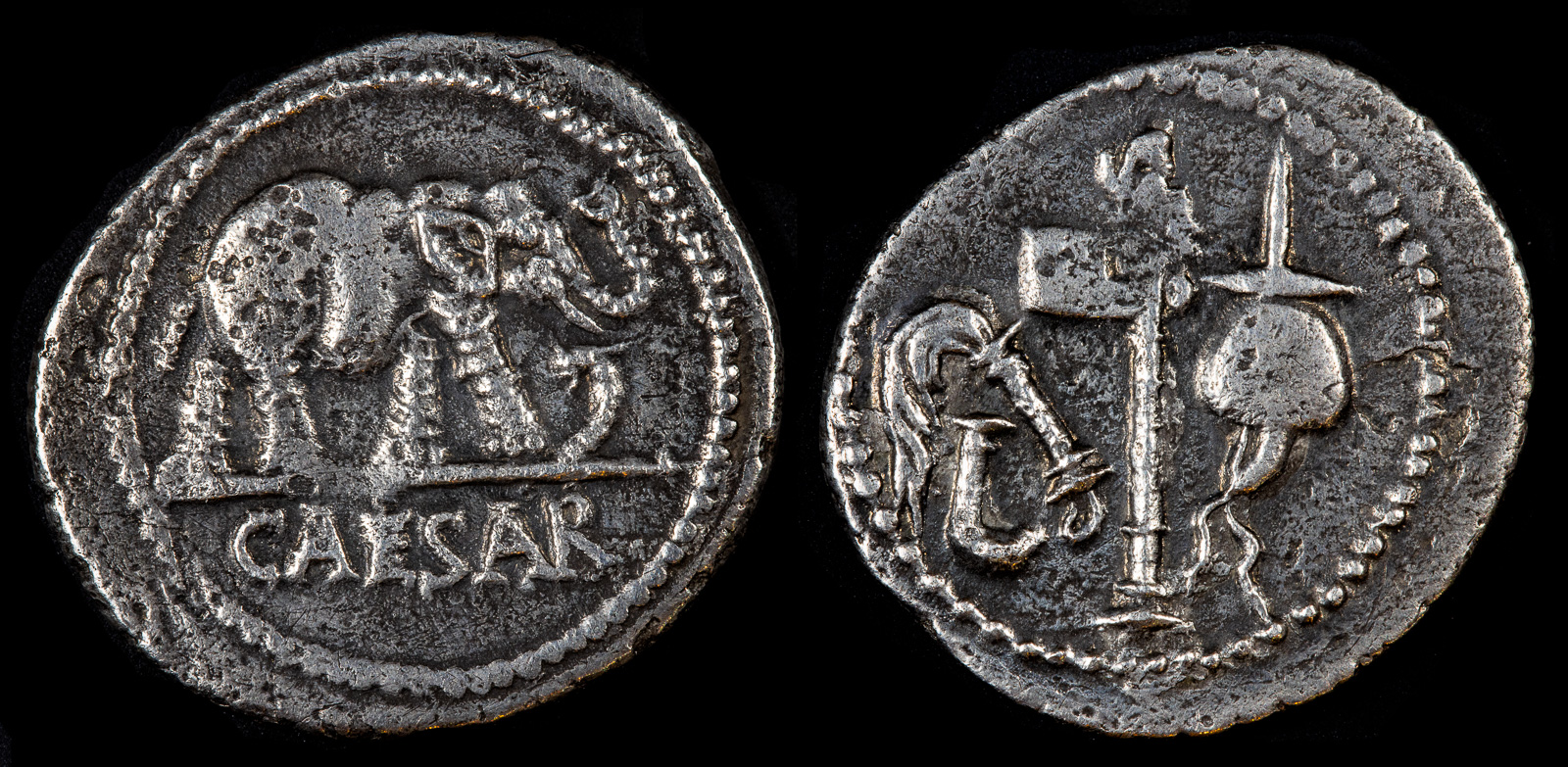Securis
View All Tags
In its practical usage, the securis was a tool of capital punishment, particularly in the context of public executions. This was a direct expression of the Roman state’s authority to impose the death penalty. For example, the fasces—a bundle of rods with an axe at the center—was carried by the lictors when accompanying magistrates. The axe at the center of the fasces symbolized the power of life and death that Roman magistrates held. The securis, as part of this symbol, conveyed the magistrate’s ability to carry out such authority, reinforcing their role as upholders of law and order.
Symbolically, the securis was more than just an instrument of death. It represented the authority of the Roman state, specifically the authority of the magistrates. It was closely linked to the concept of imperium, the power to command and to enforce decisions, particularly those involving public matters. The presence of the axe on the fasces, often displayed in official contexts such as statues, coins, or public imagery, served as a reminder of the magistrates’ right to use force in the execution of their duties. It was a potent symbol of the Roman state’s control over justice and the physical world, highlighting the power of the law in a society that deeply valued order and discipline.

Julius Caesar AR Denarius.
Military mint travelling with Caesar, 49-48 BCE
Elephant advancing to right, trampling on serpent; CAESAR in exergue / Emblems of the pontificate: simpulum, aspergillum, securis (surmounted by wolf’s head), and apex. Crawford 443/1; CRI 9; BMCRR Gaul 27-30; RSC 49. 3.26g, 20mm, 2h.